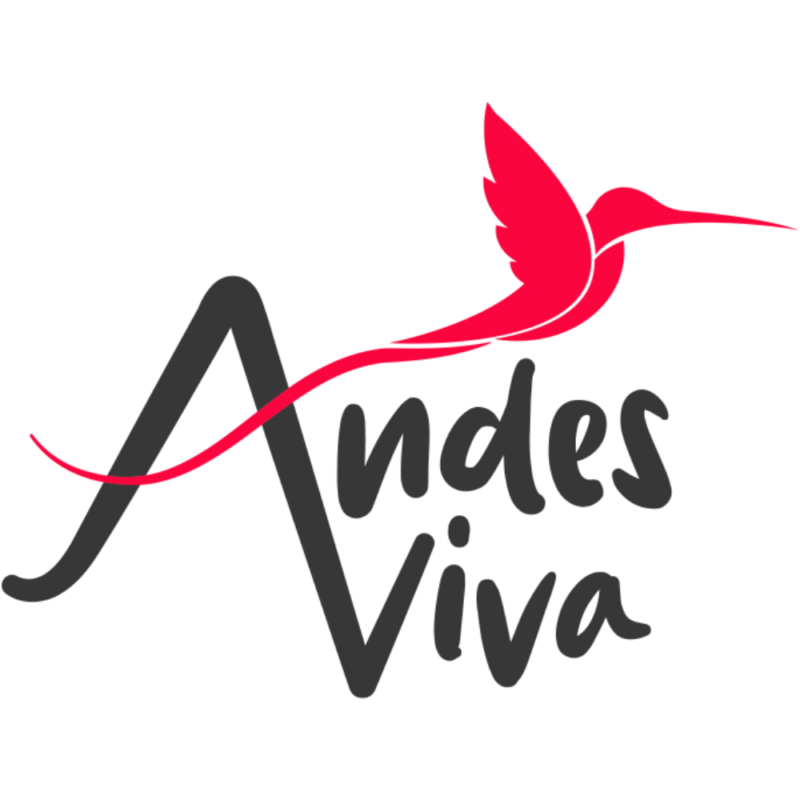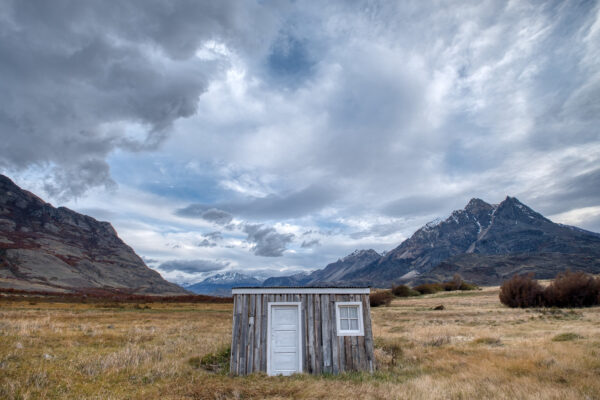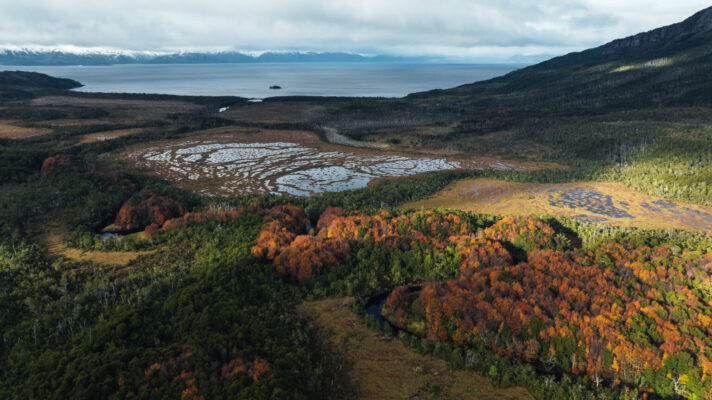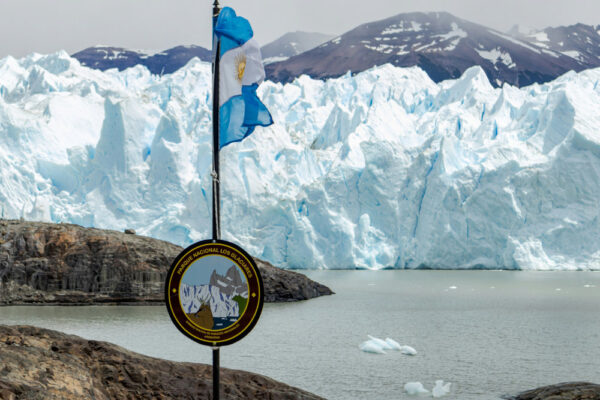Deforestation is the second most important cause of global warming and is responsible for about 15% of global greenhouse gas emissions, according to the Forest Carbon Partnership. The loss and exploitation of forests in countries such as Brazil and Indonesia has become a significant factor in climate change. In Chile, too, the last primeval forests and protected areas are under threat.
This is precisely where the REDD+ project comes in: It represents the efforts of countries to reduce emissions from deforestation and forest degradation and to promote the conservation and sustainable management of forests and the enhancement of forest carbon stocks.
Heidi Böttcher works for the project and talks about the benefits and activities in Chile in the interview with Andes Viva.
At first glance, REDD+ is very complicated, can you briefly explain what the project is all about?
The main idea of REDD+ is to generate incentives to reduce deforestation and forest degradation. To do this, an economic value is assigned to each unit of “avoided deforestation” in the form of a ton of carbon, which can be bought and sold on the carbon market. This helps countries or companies offset their emissions.
What are REDD+ activities in Chile?
In Chile, REDD+ activities operate under the National Strategy for Climate Change and Vegetation Resources (ENCCRV). This strategy contemplates not only the implementation of activities aimed at reforesting 200,000 ha of forest and managing another 200,000 ha sustainably, but also generates the legal conditions necessary to ensure the permanence of the measures taken.
How does REDD+ work?
There are two “types” of REDD+: First, national REDD+ strategies, for which there is one per country and whose credits are sold on the compliance market. Second, and voluntary REDD+ projects, which operate on a smaller scale and whose credits are sold on the voluntary carbon market.
The actual mechanism of voluntary REDD+ projects is relatively simple: A consultant or project manager creates a project, in which he or she clearly demonstrates that his or her actions are avoiding deforestation or forest degradation. Based on a series of assumptions, their project is certified using an international standard. Well-known examples of this are the Verified Carbon Standard (VCS) or the Gold Standard, which are companies that certify that the project actually exists, and the extra carbon is actually being sequestered. After a verification process, these credits are ready to be sold on the market.
Regarding national REDD+, the operation is somewhat more complex: different financing institutions come into play, such as the Forest Carbon Partnership Facility (FCPF) or the Green Climate Fund (GCF), and different benefit sharing mechanisms are required, but the principle is similar.
What results have been achieved so far, and what are the concrete objectives for the future?
As a country, Chile recently entered the last readiness phase of its REDD+ strategy. This is the payment by results phase, where the country, after having followed a series of processes to accredit that it is capable of monitoring and delivering reliable results of what is happening in its forests, begins to receive international financing to carry out its actions concretely. Now is the point at which the country begins to carry out all the proposed actions.
For now, Chile is committed to reforesting 200,000 ha of forest and integrating another 200,000 ha into sustainable forest management. The pledges to which Chile subscribed in the Paris Agreement theoretically increase in ambition every 5 years, so it is to be expected that the challenges will be greater and greater.
Heidi Böttcher
- 24 years German-Chilean
- Forest Engineer
- Lecturer in Carbon Forestry – University of Freiburg
- Interests: Restoration, Carbon, Forests, and Water












